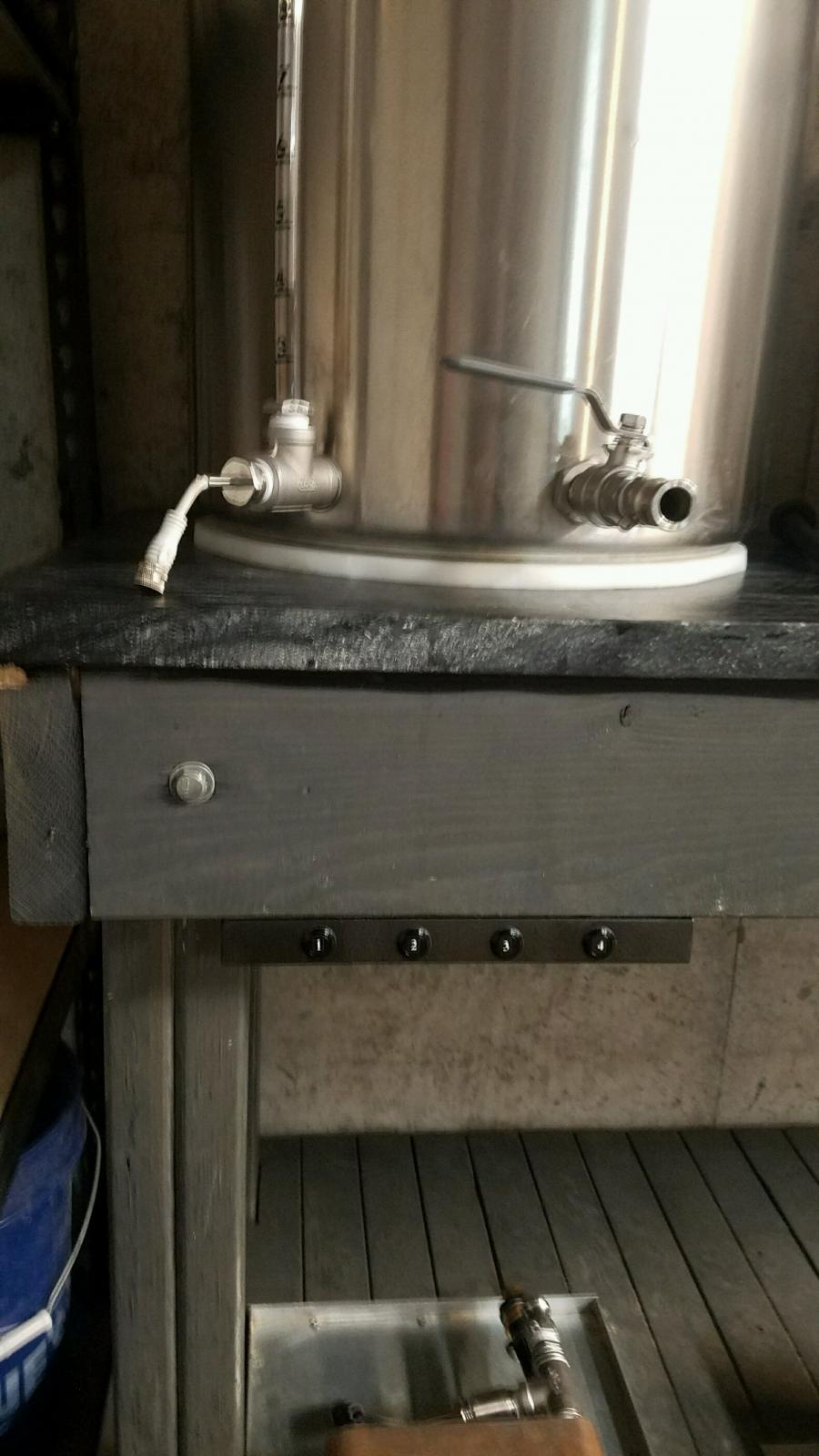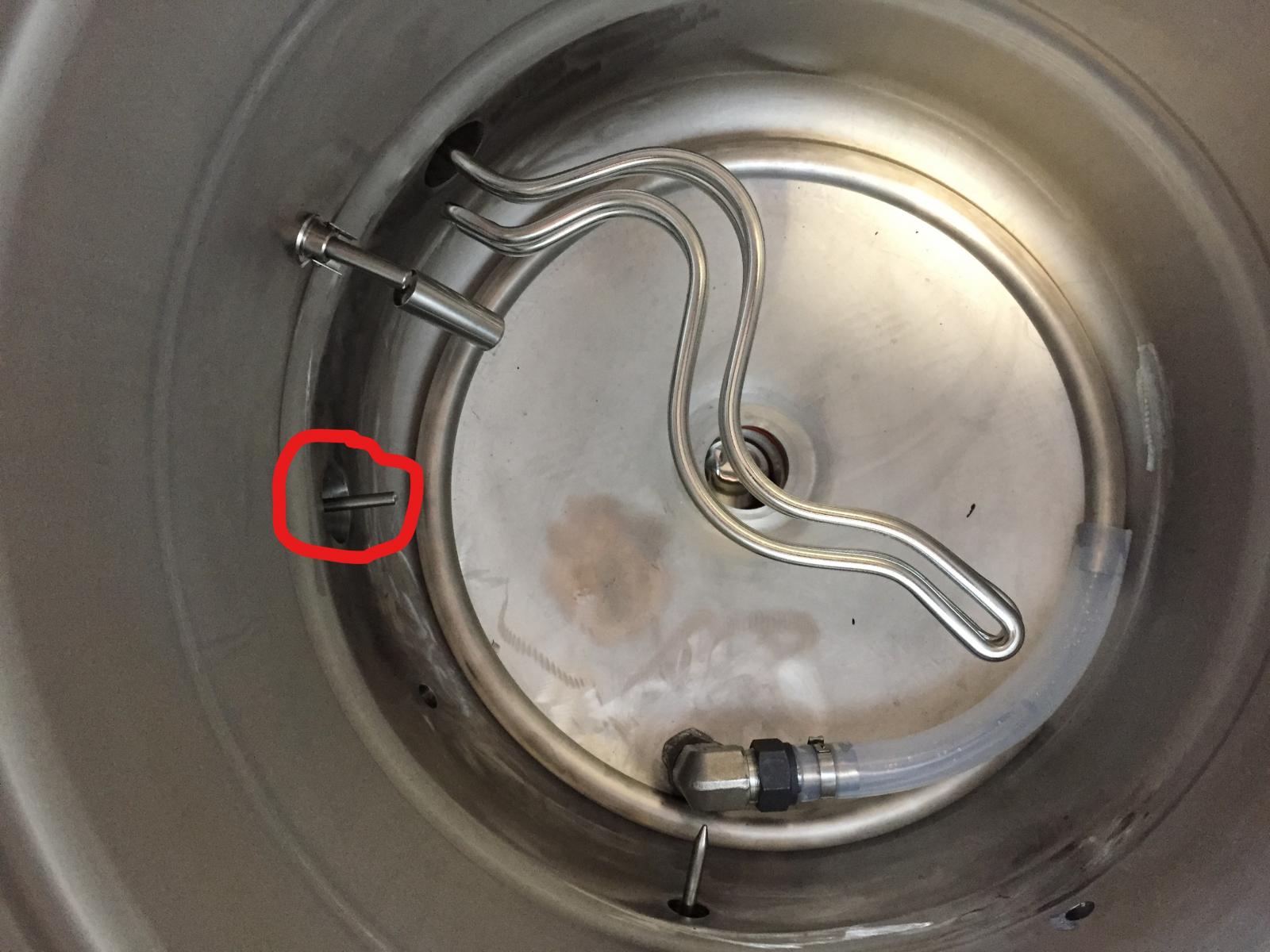Curious what others are using for a duty cycle percentage for their element during the boil.
I have a 5500 ULWD element in a keggle. Hoping to lean on other's experiences in preparation of my first brew day on a new rig.
I have a 5500 ULWD element in a keggle. Hoping to lean on other's experiences in preparation of my first brew day on a new rig.
















































![Craft A Brew - Safale S-04 Dry Yeast - Fermentis - English Ale Dry Yeast - For English and American Ales and Hard Apple Ciders - Ingredients for Home Brewing - Beer Making Supplies - [1 Pack]](https://m.media-amazon.com/images/I/41fVGNh6JfL._SL500_.jpg)







 very likely.
very likely.

